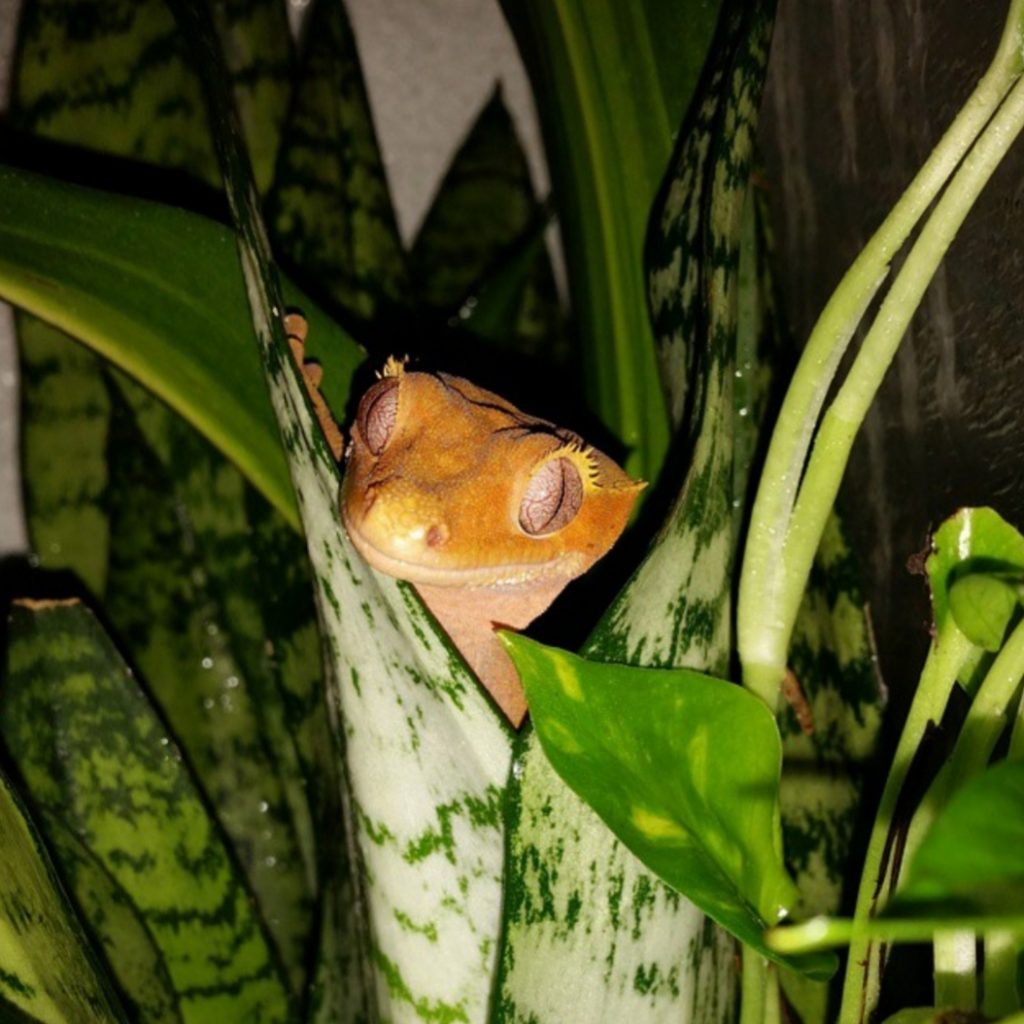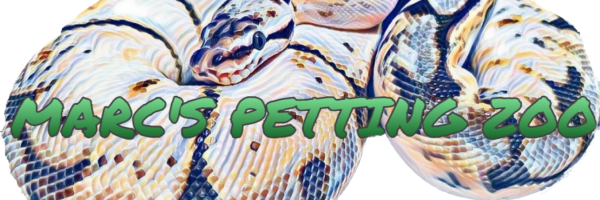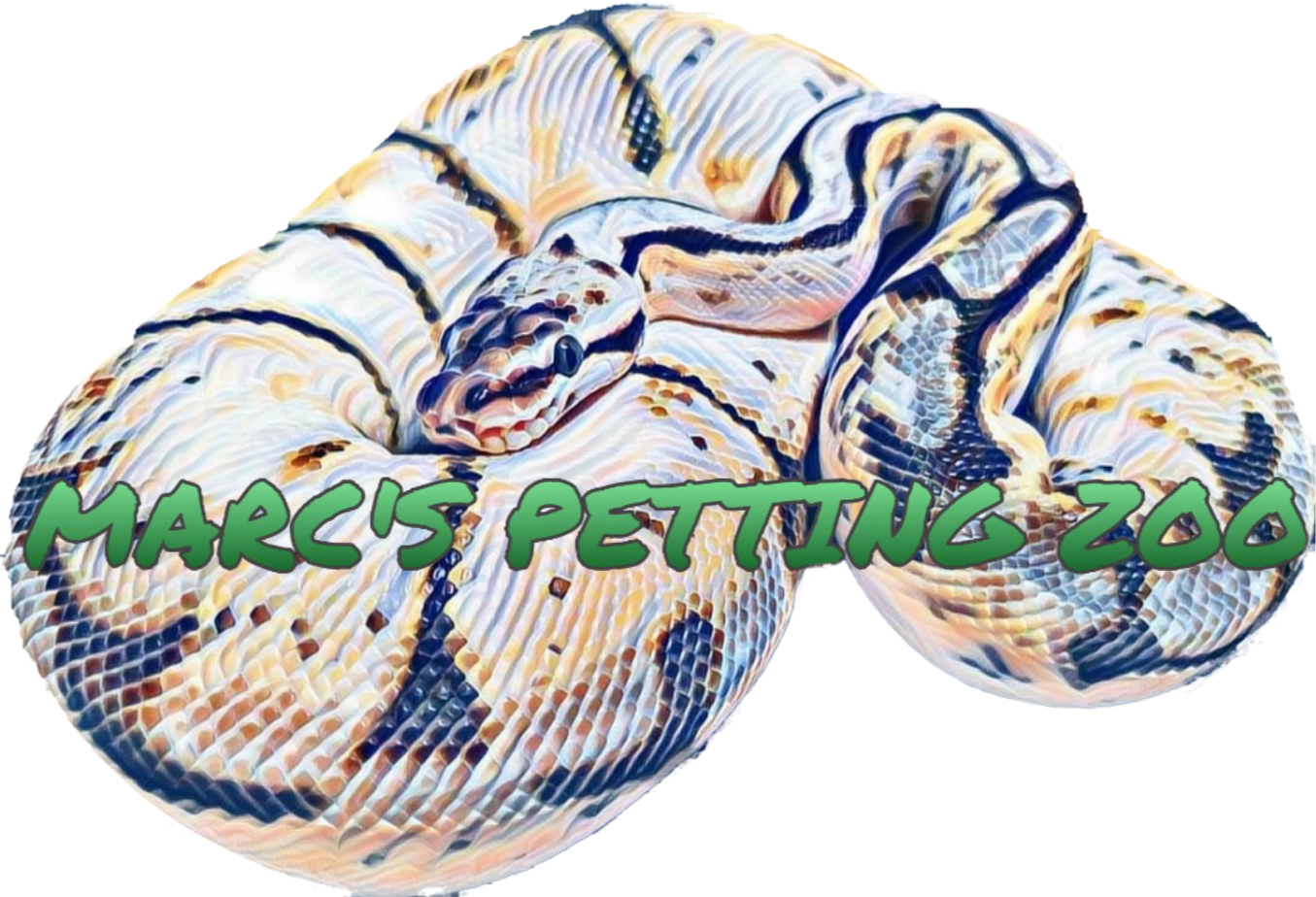
Crested Gecko Care Sheet
General Care: Crested Geckos make great first pet reptiles because they are so easy to care for. They don’t require any UV light, they are comfortable in room temperatures, and they eat primarily fruit mix made from a powder mixed with water. Crested geckos live in a temperature range from 70-80°F (or 16-27°C) and do not require a basking spot. They prefer a humidity level of about 55% (though it will temporarily be up to 100% shortly after misting, which is okay). This will be easily achieveable in normal room temperatures without the need for an additional heat source. Lights are acceptable to help with the appearance of your enclosure but are not required and UV bulbs are also unnecessary. Crested Geckos are arboreal which means that they are most comfortable climbing in trees. So their enclosures need to be tall and must include verticle limbs and plants to climb on. Crested geckos won’t generally drink standing water from a bowl so they need their enclosures misted to cause drops to form on structures for them to lick up to get their water intake. I like to include water bowls in my enclosure to help with the humidity and to provide a water source if they do decide to drink from it. Water bowls should not be so deep that your crested gecko can completely submerge in itthey might drown. they do not soak so large deep waater bowls are an unnecessary risk if included in your crested gecko enclosure. Crested Geckos eat mostly a fruit and insect diet you can buy in powder form and just mix with water, but they also do enjoy the occasional insect such as crickets, mealworms and dubia roaches dusted with calcium. Crested Geckos are also noctournal so they are most active at night. During the day they need places to hide to feel secure such as plants, hide holes, leaves and bushes. They also need a moderate to high humidity. This can be accomplished by misting (with a spray bottle or an automatic misting system), providing a water feature in ther enclosure and/or adding a fogger to their enclosure.
Enclosures: Crested geckos can be housed in tall glass terrariums or in tall tubs. Long glass aquariums could also be modified to be stood upright to work for crested geckos. Smaller crested geckos could be housed in a smaller upright terrarium like a 12″x12″x18″ and adults would do well in a 18″x18″x24″ no problem. You could provide a larger enclosure but make sure to fill any enclosure you have with plenty of structures and plants for your crested gecko to climp on and hide in. Mesh enclosures are not recommended because the ventillation will make it difficult to keep the humidity up to optimal levels and could cause your crested geckos to dry out.
Substrate: Crested geckos spend most of their time in the trees, but females prefer lay their eggs in substrate. A substrate floor could also help to keep up the humidity in your enclosure. For a naturalistic setup you can use eco-earth or some other type of substrate that would allow your crested gecko to dig in to lay their eggs. Make the substrate deep enough for them to dig. 2-3″ would be preferable. If you would prefer to keep a simple paper towel layer you can provide a lay box filled with eco-earth for your adult females to lay their eggs in. If you would prefer using live plants you will have to provide organic nourishment for the plants in order to keep them alive and be safe for your Crested gecko. If you are keeping plants in your enclosure you might need to provide a grow bulb in your enclosure for your plants. Most glass enclosures block out UV rays, so the ambient light in the room will be insufficient for your plants to thrive because the terrarium will block out the rays the plants need for nourishment.
Decorations and accessories: For decorations you can provide things like plastic plants that stick on the glass of your terrarium, food bowls that stick on the glass that look like a mushroom and also hold your food and water dishes, standing plastic plants, hollowed out coconut with moss for a moist hide for your gecko to hide in and with a high humidity to hep with shedding if necessary, artificial vines that can be bent to give your gecko options of things to climb on and link obstacles together to make it easier for them to get from one side of the enclosure to the other, etc. I like the “bamboo” rope bridges and houses you can make at home to make a tarzan themed enclosure. You could also add real plants that are sturdy enough for your gecko to climb on. There are plenty of accessories for you to choose from and that will work as functional decorations in your Crested Gecko enclosure.
Feeding: Crested geckos are frugivorous, meaning that they primarily eat fruit and will occasionally eat insects. With the current diets on the market you do not need to feed insects at all to maintain a proper diet although some crested geckos may enjoy chasing down the occasional calcium dusted dubia roach. This makes Crested Geckos very easy to keep for beginners, because you can just feed them the store bought crested gecko diet and your pet will be healthy. The store bought crested gecko diets are generally found in powder form and are mixed with water to make a paste, or baby food like texture then you offer it in a bowl to your crested gecko. Although it may look like baby food, it is not the same. In the beginning crested gecko keepers were feeding a combination of fruity baby food and insects to crested geckos and supplemented with calcium to feed their geckos before crested gecko diet was readily available. However, feeding a baby food diet is far more likely to cause metabolic bone disease as they tend to not get enough of the proper nutrients from insects and the calcium they need to develop their bones. This is why it is recommended to stick to a reputable commercial crested gecko diet if you’re just getting started keeping Crested geckos.
Tank setup: To start setting up your enclcosure you need to wash it out with soap and water to remove any oils and chemicals left over from manufacturing or if you have purchased a used enclosure to clean any bacteria or parasites that may have been introduced by the previous owner. Next, add your substrate. If you are using an eco-earth type substrate make sure you moisten the eco-earth so it sticks together better, makes no dust, and helps boost the humidity in the enclosure. Some eco-earth comes in brick form and needs to be expanded by adding water. If you are using this type of eco-earth you will need to soak the brick in a bucket until it expands before adding in to your enclosure. Next you can add any real or fake plants to your enclosure and arrange them in a way that allows your gecko to explore every area of the terrarium. Then, if you have any vines, use them like bridges to connect different hiding places together. Similarly you can use suction cup style bridges and houses to connect climbing and hiding places. Keep in mind where you would like to put your food dish if you have one that sticks to the walls of your enclosure and make sure to provide a pathway for the geckos to get to the food dish. Crested geckos can climb on smooth glass, but I like to provide a “bridge” also so they have multiple options to get to their food dish. Before adding your gecko, make sure that the lid is securely fastened and there are no holes in the screen and no gaps at the edges of the screen. Also make sure your doors latch properly and there is no gaps for geckos to squeeze through. Lastly you should add your mist system if you choose to use one, or mist down the enclosure with your mister if you aren’t and your enclosure is ready for your geckos.
I have linked below several items mentioned above for reference so that you can begin your Crested Gecko enclosure build. Contact us if you have any questions or need help with your setup.

